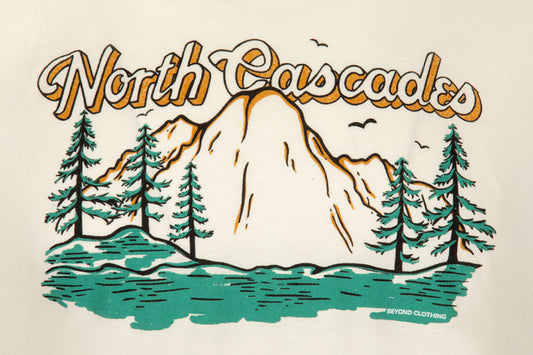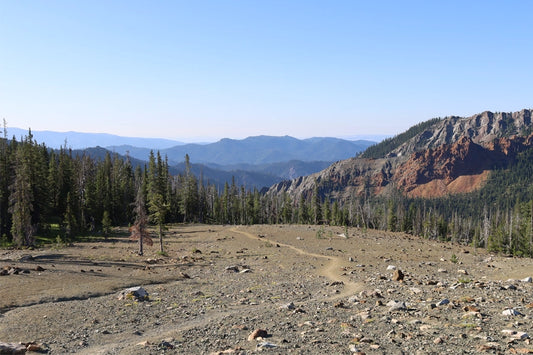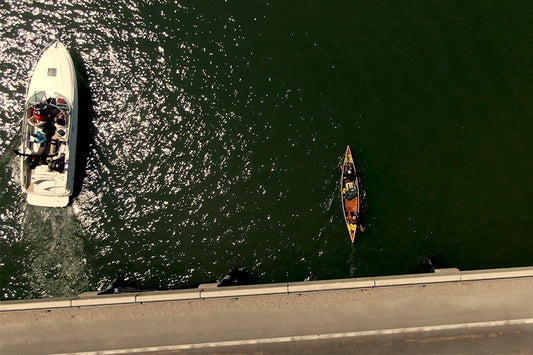As we explore America’s great outdoors, having clean (a.k.a. potable) water is a necessity, and outside of the U.S., water quality varies even more.
We put together this short list of top tips for finding or making potable water in the backcountry. As the Rule of Threes states, you can only go 3 days without water, so it should be a top priority if you find yourself in a survival situation.
First of all, never assume water from a pipe is clean straight from the pipe. If you happen upon an old well on a farm or private campground, don’t assume it’s safe to drink or even to cook or wash with. The EPA does not regulate private drinking water wells.

Springs, head-water streams and collecting morning dew are your best sources for clean drinking water in a wilderness setting. Rainwater is usually safe to drink, so it’s a very low-risk option for survivalists assuming you are able to fashion a collection mechanism.
Boiling is a good rule of thumb for any water from streams or other ground sources. Letting water boil for 5 minutes kills waterborne organic materials like bacteria and pathogens.
When natural options aren’t available and you run out of bottled or boiled water, purifiers and filters can remove most dangers.

You’ve probably seen many water purifiers at outdoors and sporting good dealers. They’re great at eliminating the viruses, protozoa and bacteria usually caused by fecal matter from animals and people that lurk in many rivers, lakes and streams in the U.S. and Canada. The good news is that viral contamination in our wilderness waters is low, so water filters are safe enough for most domestic backcountry explorations.
SteriPens are another means of water purification. They use UV light to zap the DNA of cryptosporidium, the most treatment-resistant pest. They’re also effective in killing bacteria and protozoa, so they can’t multiply and cause an illness. The UV light does not change the flavor of the water and it only takes seconds, but must be able to interact with the organisms. Note, though, that SteriPens won’t work with muddy water, and they do require batteries (Lithium ones last the longest).
There are many types of pump filters, chemical purifiers and even squeeze bottles that use beads of iodinated resin and filters to do the job. Pregnant women and others should avoid iodine, so consult your doctor first if you plan to bring a water purifier into the backcountry while pregnant or with someone who may be pregnant.
It goes without saying that brackish water should never be used as a hydration source. According to the U.S. Department of the Interior Geological Survey, “If there is too much salt in your body, your kidneys cannot get enough freshwater to dilute the salt and your body will fail.” Many a stranded sailor has learned that lesson too late.






1 Comment
ID just like to add keep a pack of coffee filters in your kit, they will add gallons of life to your filters, they are inexpensive and lite.
WP
Bpoutfitters.net